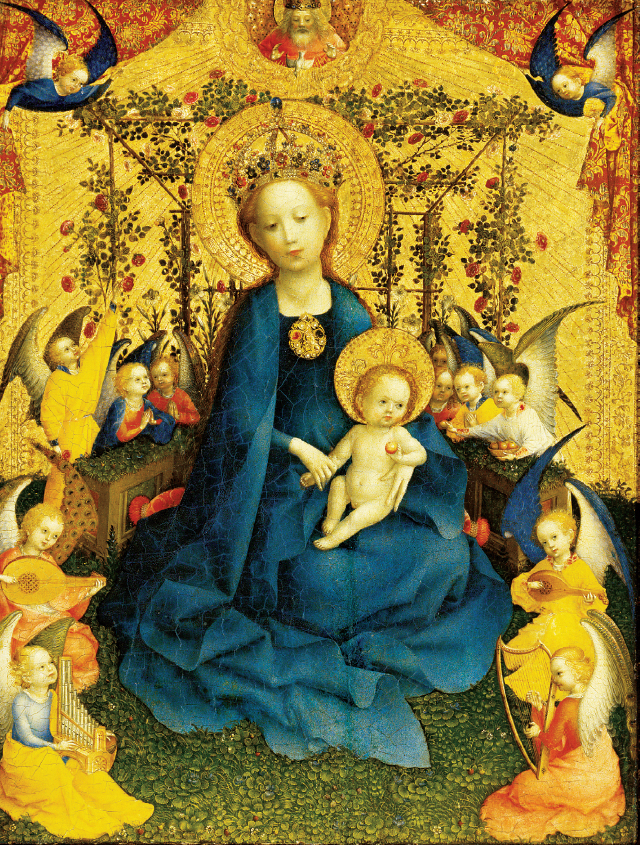UNIT
II
Early Music: An Overview
Western art music extends from the great repertory of Gregorian chant, first assembled around the year 600 C.E., to compositions circulating electronically on the Internet today. The scope and variety of all this music is almost bewildering; there’s too much of it by far to cover in a single semester or quarter course — too much, that is, if one is going to do more than skim the music, picking up a few stray facts and figures about it without really listening carefully.
But listening carefully is the crucial thing; so we needed to make choices, limiting the range of music covered in Listen. The most attentive coverage begins in the eighteenth century, with Unit III and the music of Bach and Handel, who are the earliest composers with a long-
As a concise introduction to all this, Unit II presents an overview of the rich traditions of Western art music before the eighteenth century. This so-

Chronology
| c. 9th century | “In paradisum” | p. 47 |
| 12th century | Hildegard of Bingen, “Columba aspexit” | p. 48 |
| 12th century | Bernart de Ventadorn, “La dousa votz” | p. 50 |
| c. 1200 | Pérotin, “Alleluia. Diffusa est gratia” | p. 53 |
| Late 13th century | “Sumer Is Icumen In” | p. 54 |
| 14th century | Machaut, “Dame, de quitoute ma joie vient” | p. 55 |
| 15th century | Dufay, “Ave maris stella” | p. 61 |
| c. 1500 | Josquin, “Mille regrets” | p. 68 |
| c. 1510 | Josquin, Pange lingua Mass | p. 65 |
| 1557 | Palestrina, Pope Marcellus Mass | p. 70 |
| 16th century | “Daphne” | p. 75 |
| 16th century | “Kemp’s Jig” | p. 76 |
| 1601 | Weelkes, “As Vesta Was from Latmos Hill Descending” | p. 73 |
| c. 1610 | Gabrieli, “O magnum mysterium” | p. 81 |
| 1627– |
Frescobaldi, Canzona, Balletto, and Corrente | p. 92 |
| 1642 | Monteverdi, The Coronation of Poppea | p. 86 |
| 1689 | Purcell, Dido and Aeneas | p. 88 |